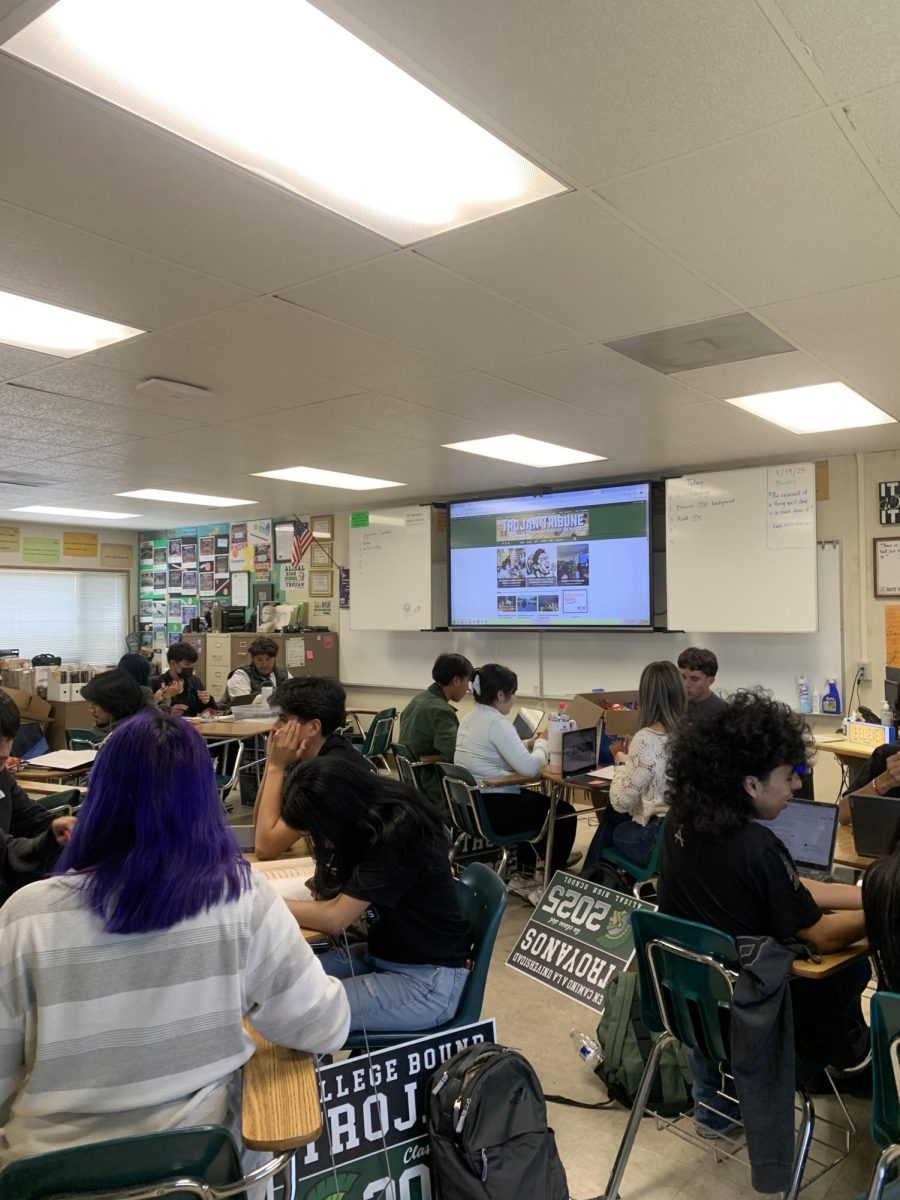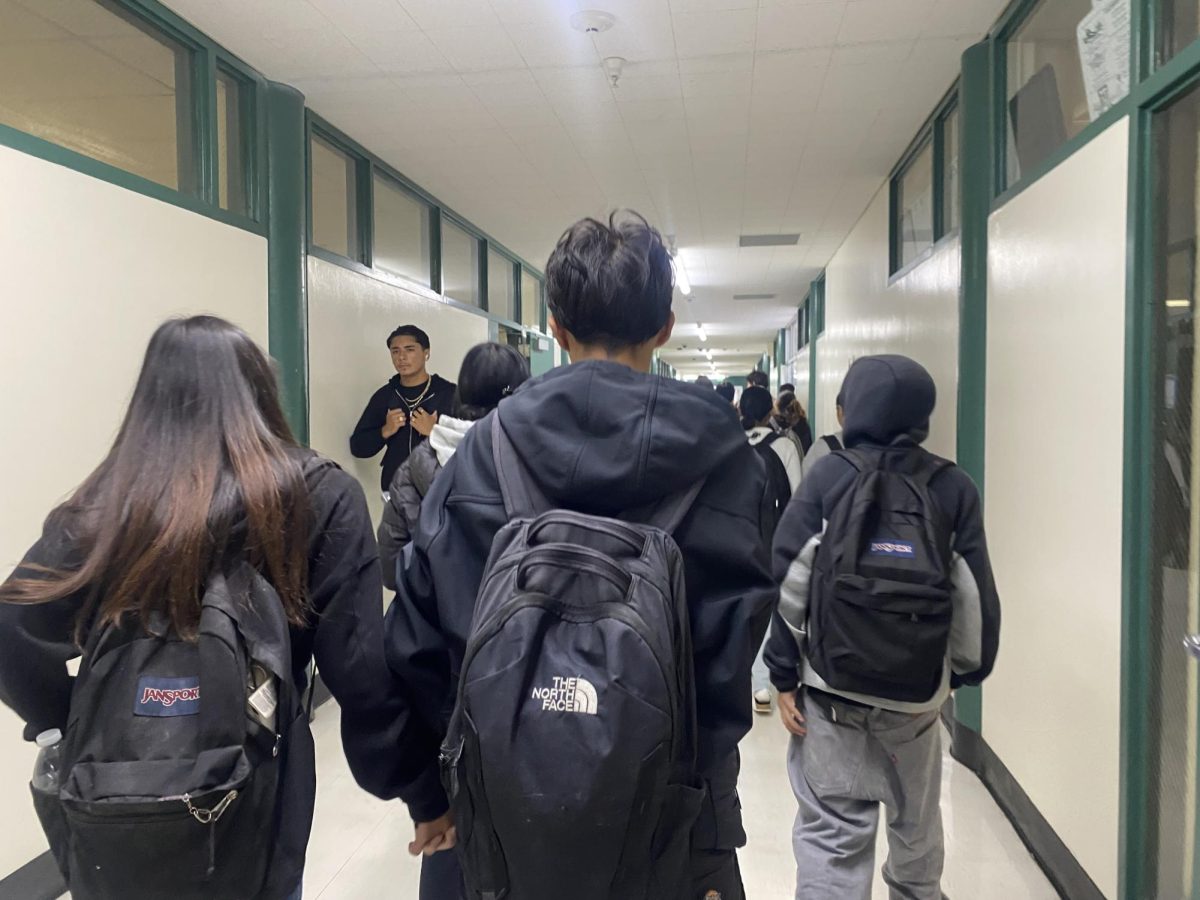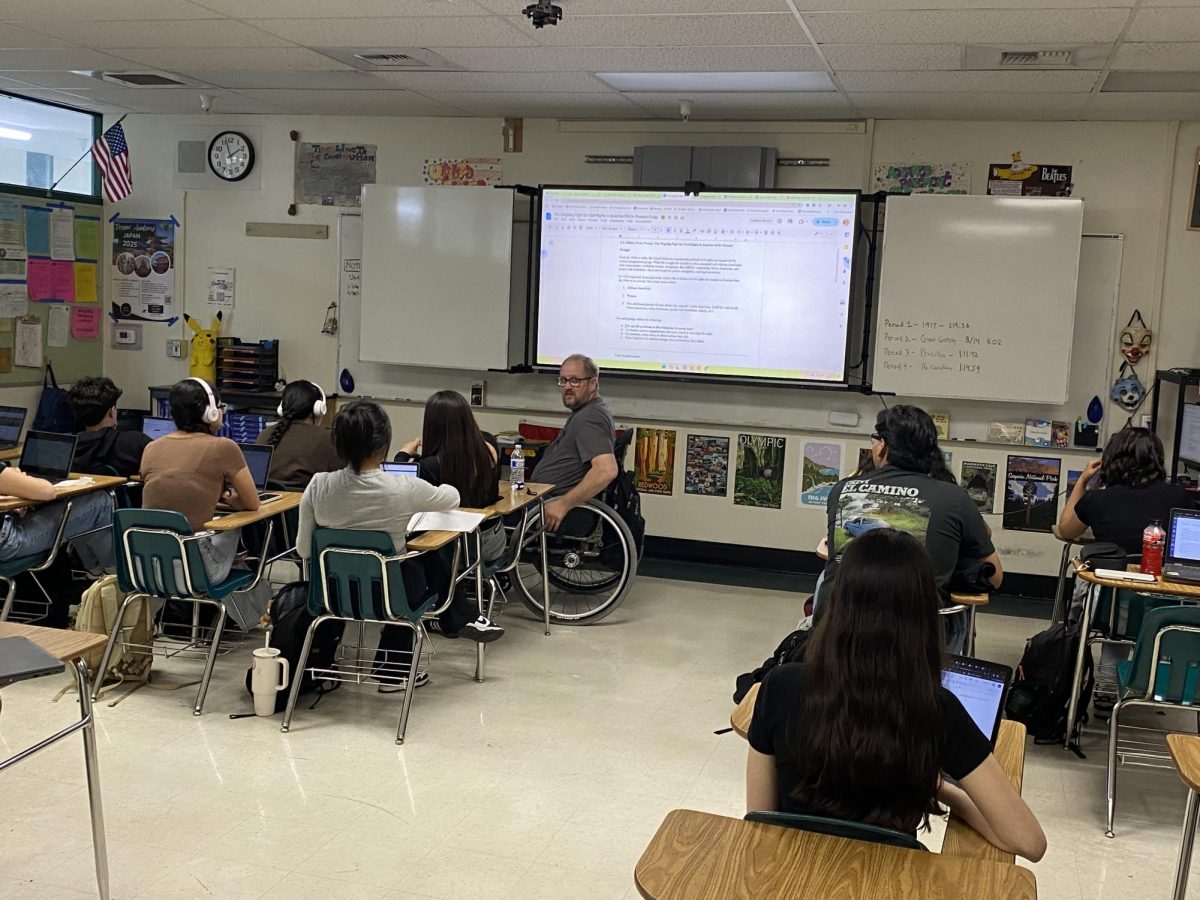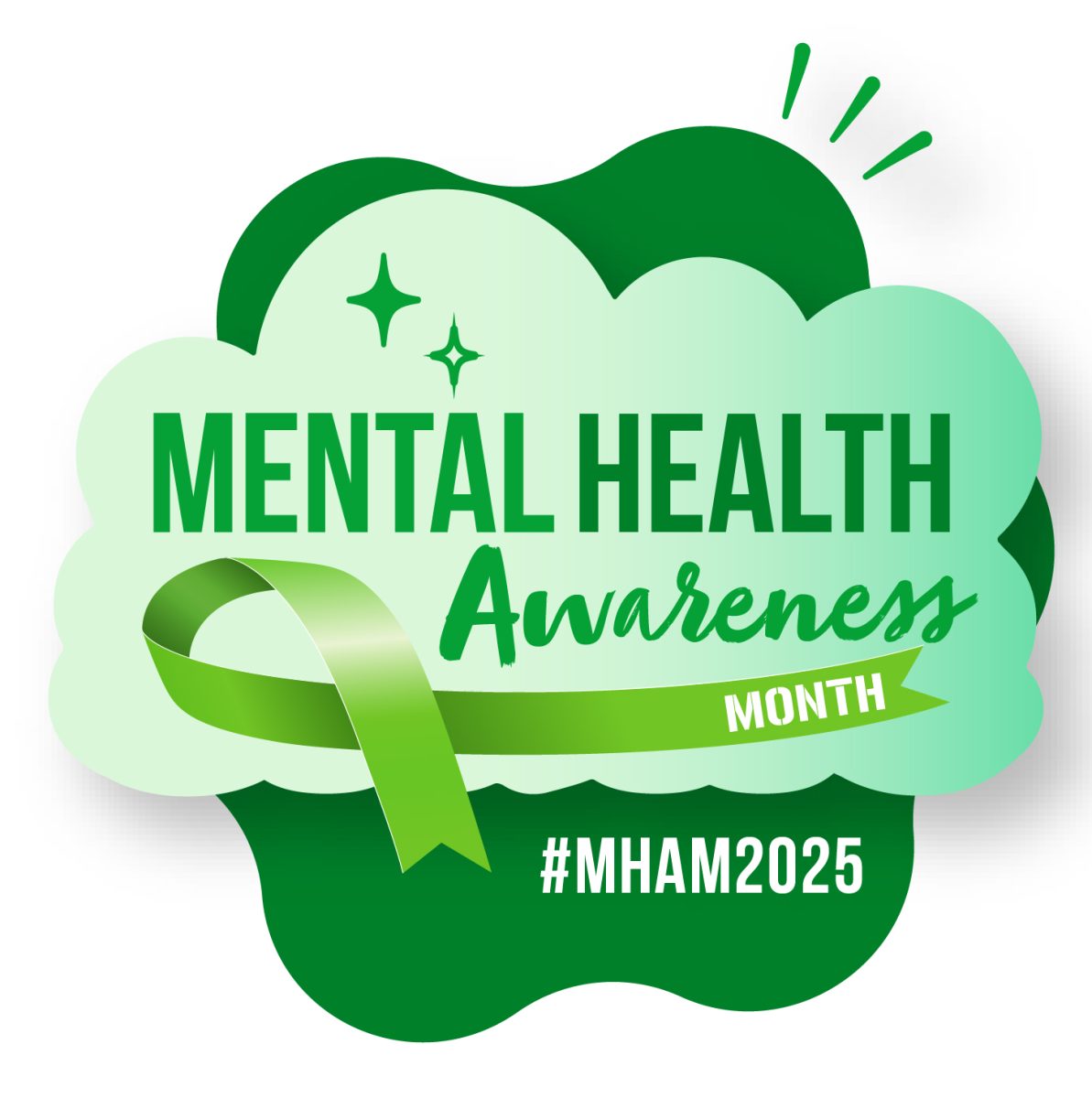May is Mental Health Awareness Month and the theme for 2025 is “Turn Awareness into Action,” according to Mental Health America. This theme encourages people to move beyond understanding mental health issues and take concrete steps to improve their own well-being and advocate for positive change in their communities.
While focusing on maintaining good mental health is important, it’s also important to be aware when people are struggling with their mental health.
According to data from the Centers for Disease Control and Prevention shows suicide was the 11th leading cause of death overall in the United States. Suicide is a leading cause of death amoung teenagers and young adults. Over 49,000 people died by suicide in 2023 alone, yet it remains a topic many people are afraid to discuss.
It is the second leading cause of death for people aged 10 to 34. It is estimated that 1.7 million people attempted suicide. This is one death by suicide every 11 minutes.
For those struggling with suicidal thoughts, it can feel like there’s no way out. However, help is available, and raising awareness about suicide prevention is a critical step toward saving lives.
Personal Story
In the summer of 2022, my cousin died by suicide.
He was someone who made people feel comfortable—funny, kind, and easy to be around. No one saw it coming. That morning, after church, we called him down for breakfast, but he didn’t answer. When my family went to check on him, I heard the screams. That’s when I knew.
His funeral was packed. So many people came to honor him—proof of how loved he was. His loss left a deep pain in all of us.
I wish I had known the signs. Maybe I could’ve done something. Thinking about it now that I know the signs, there were signs of my cousin, Jose, being suicidal. I hope sharing this helps someone else notice what we missed, and maybe save a life.
Understanding the Causes and Warning Signs
Many factors contribute to suicidal thoughts and behaviors. Mental health disorders, such as depression and anxiety, are some of the most common causes.
Stress from school, family, or social pressures can also be overwhelming, particularly for teens. Additionally, traumatic experiences like bullying, abuse, or losing a loved one can push someone to a breaking point.
Some key warning signs that someone may be suicidal include, but are not limited to:
- Verbal Warning Signs: Talking about death, threatening/planning suicide, hopelessness, or being a burden to others.
- Behavior Warning Signs: Withdrawing from loved ones, giving away possessions, or engaging in reckless behaviors
- Emotional Warning Signs: Feeling trapped, showing extreme mood swings, or expressing overwhelming guilt.
- Physical Warning Signs: Changes in sleep patterns, loss of interest in favorite activities, appetite, or self-harming.
- Situational Warning Signs: Experiencing a major life crisis, such as a breakup, family conflict, or legal issues.
According to Brenda Chaidez, a social worker from the Wellness Center, other signs include “[a] decline in academic achievement (grades) and disengagement from activities that they once enjoyed, neglect in personal appearance.”
Some other signs that Chaidez mentioned that put individuals at a higher risk includes, “History of suicide in the family, previous suicide attempts, access to firearms, mental health diagnosis.”
If someone you know shows these signs, it’s essential to take them seriously.
What to Say and Do
If you suspect someone is suicidal, start a conversation. Ask them how they’re feeling and let them know you’re there to support them.
- Do:
-
-
- Listen without judgment
- Encourage them to seek professional help
- Offer to accompany them to a counselor or mental health service
-
- Don’t:
-
- Dismiss their feelings
- Leave them alone if they’re in immediate danger
- Promise to keep their suicidal thoughts a secret
“The best thing they can do is speak up—let a trusted adult know right away, such as a teacher, counselor, or Wellness Center staff,” Chaidez said. “It’s important to stay calm, listen without judgment, and let their friend know they care. Avoid making promises to keep things a secret—especially if safety is at risk.” Chaidez added, “Most importantly, if there’s any immediate danger, they should seek help right away, even if it means calling 911 or contacting crisis services.”
The Ripple Effect of Suicide on Communities
The Ripple Effect refers to how a suicide impacts more than just the immediate family. It can deeply affect friends, classmates, teachers, and even people who may not have known the person well.
Family, friends, and peers may experience grief, confusion, and guilt, wondering if they could have done something to help. Schools often need to bring counselors to support students and staff affected by the tragedy. Conversations about mental health become crucial, emphasizing the ripple effect suicide has on everyone connected to the individual.
Resources for Suicide Prevention
There are many resources available for those struggling with suicidal thoughts and for those who want to help.
The Wellness Center at Alisal has many ways of supporting students who are struggling with suicide. According to Chaidez, “…the Wellness Center provides vital support for students experiencing suicidal thoughts. When a student is identified as at risk, staff conduct an immediate assessment and ensure the student is never left alone. If the student is determined to be at low risk, a safety plan is developed, parents are contacted, follow-up check-ins are scheduled, and the student is connected to appropriate mental health services.”
She also mentions students who could be at high risk of suicide: “If the student is assessed as high risk, the Wellness Center completes a full assessment, contacts parents, and reaches out to the Crisis Mobile Response Team.”
If a student is hospitalized, the Wellness Center will be there to help: “If a student is hospitalized due to a mental health crisis, the Wellness Center School Social Worker (SSW) will continue to follow up with the student’s parents and hospital staff to coordinate care and stay informed about the student’s progress,” Chaidez said. “Upon the student’s discharge, a re-entry meeting is scheduled to support their transition back to school. This meeting includes the student’s support team, parents, school administrator, academic counselor, social worker, and any outside mental health providers to develop a comprehensive re-entry plan. The plan is tailored to ensure the student’s academic, emotional, and social needs are met, promoting a safe and supportive environment as they return to campus,” she added.
The Wellness Center offers different levels of care: “Students can access different levels of care, including individual check-ins, one-on-one, and group counseling, crisis support, and referrals to outpatient services.”
Depending on the level of need, students can connect with a community mental health provider for ongoing support. “In addition to in-house support, the school partners with external agencies to provide no-cost mental health services on campus.”
Additional resources:
- National Suicide Prevention Lifeline:
Call or text 988 for confidential support 24/7.
- Crisis Text Line:
Text HOME to 741741 to connect with a trained crisis counselor.
- Local Mental Health Services: Reach out to community wellness centers, school counselors, or therapists for support.
- https://wellness4us.org/
- https://www.salinasvalleyhealth.com/about-us/provider-well-being/counseling-services/
- https://mentalhealthmatch.com/browse-therapists/california/salinas/california-health-and-wellness
- Online Resources and Support Groups:
- https://www.nami.org/
- https://www.psychologytoday.com/us/therapists/ca/salinas
- https://www.psychologytoday.com/us/therapists/ca/salinas?category=adults







![Senior Jayden Duarte dives across the goal line for one of his five touchdowns in a dominant 62-40 victory over Monterey. It has been a highly successful season for Duarte, and he credits his coaches for putting him in positions to succeed and make key plays. “The goal is to help wherever the coaches need me, receiver, running back, [and] DB,” he said.](https://alisaltrojantribune.com/wp-content/uploads/2025/10/IMG_3599-2-1200x800.jpg)
















